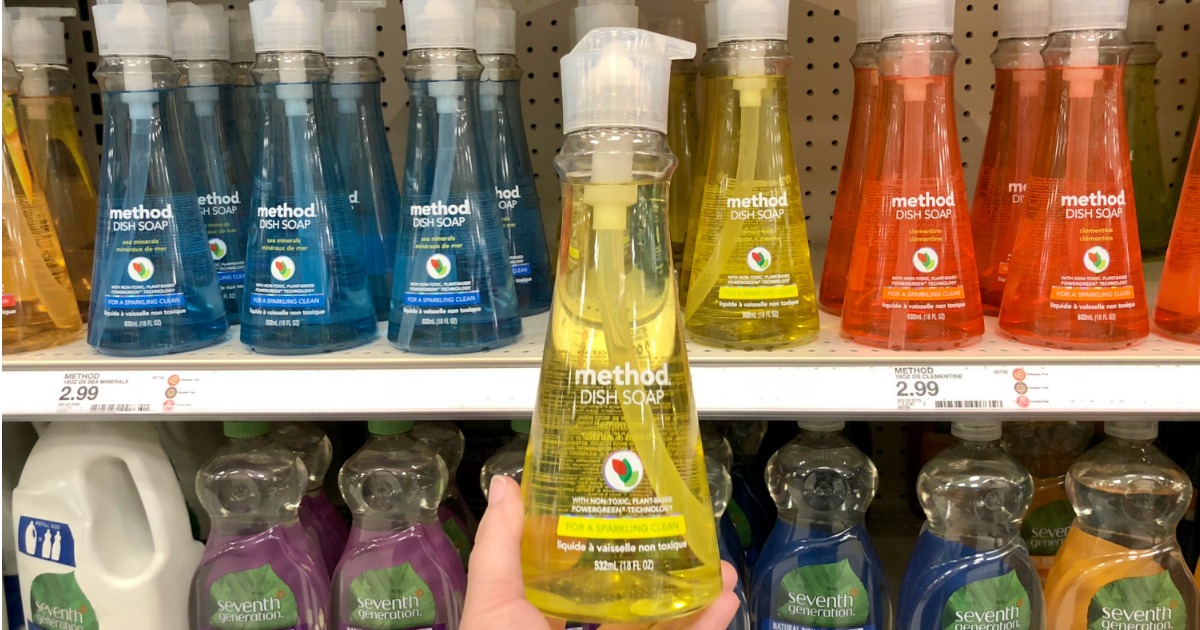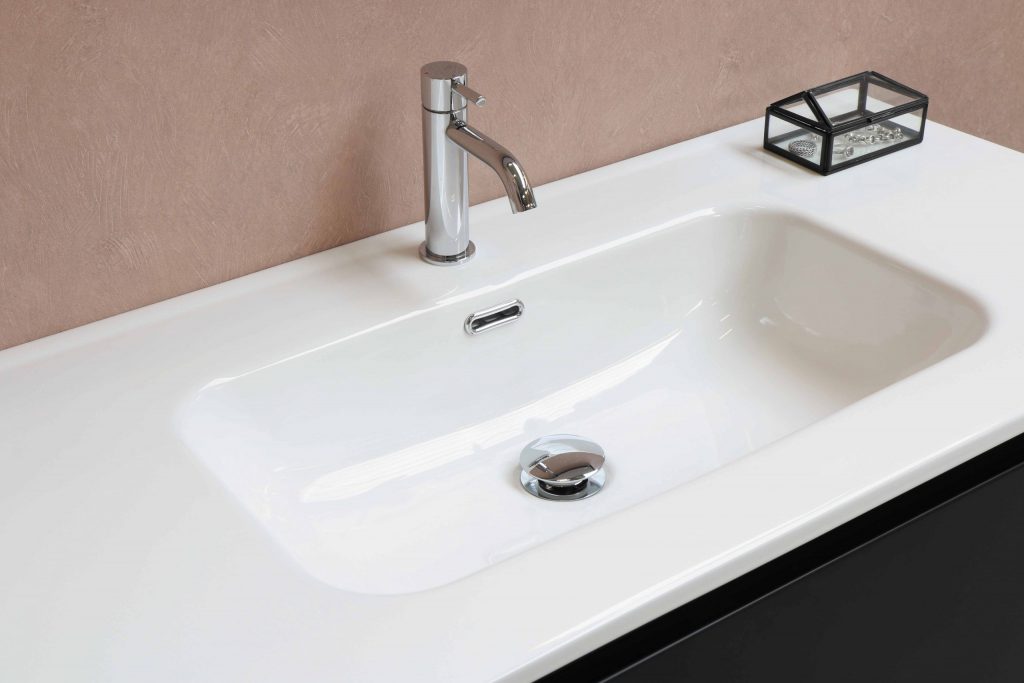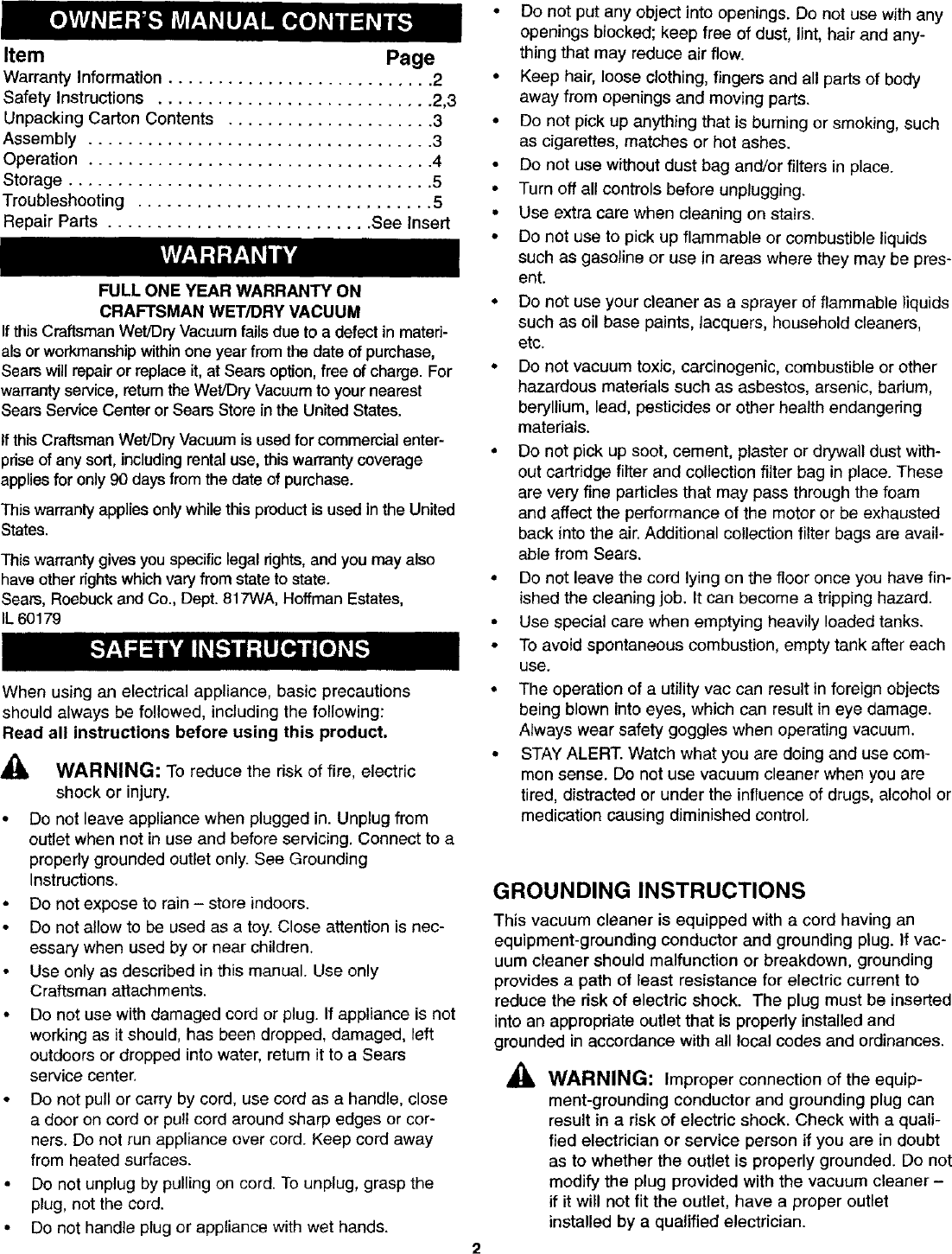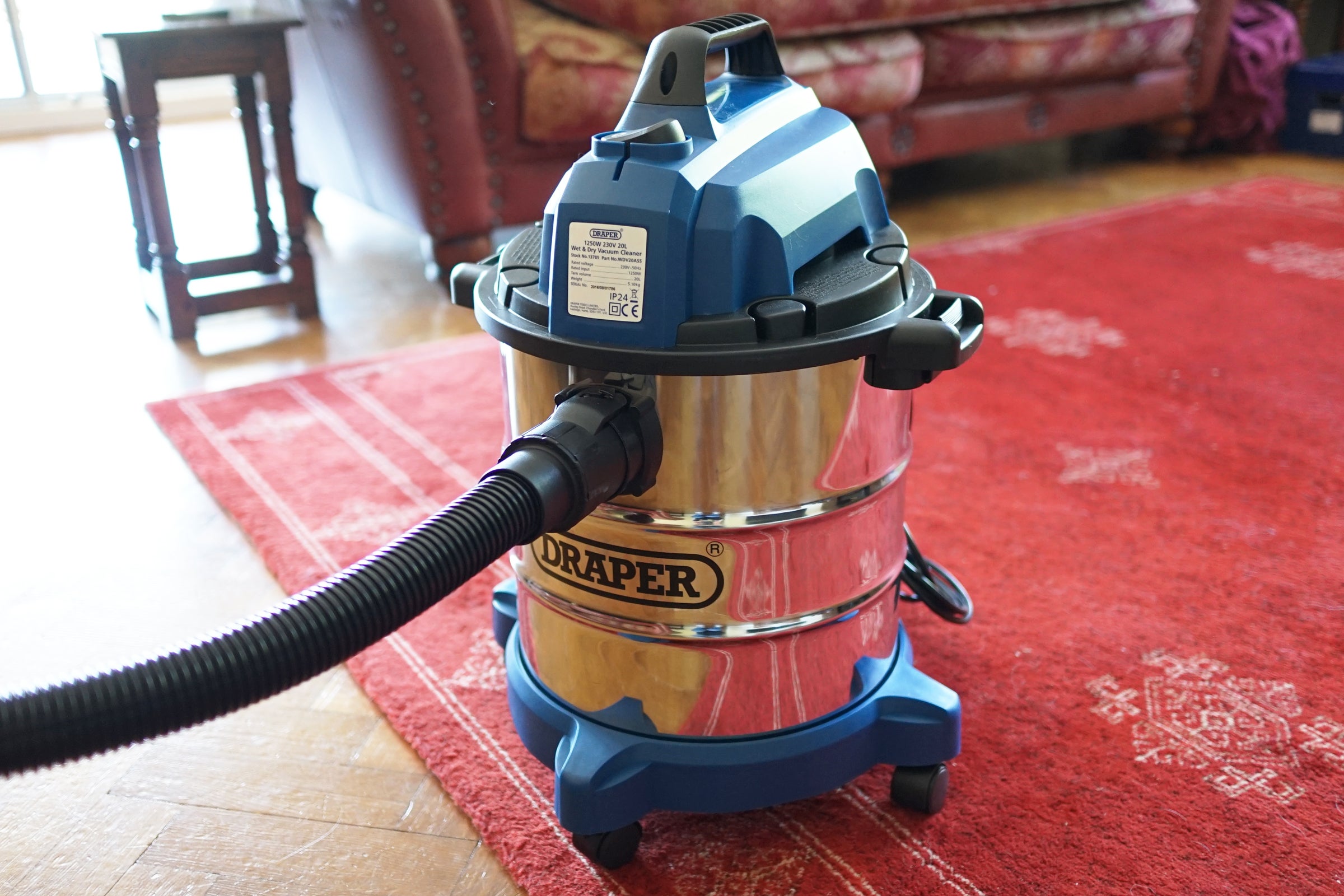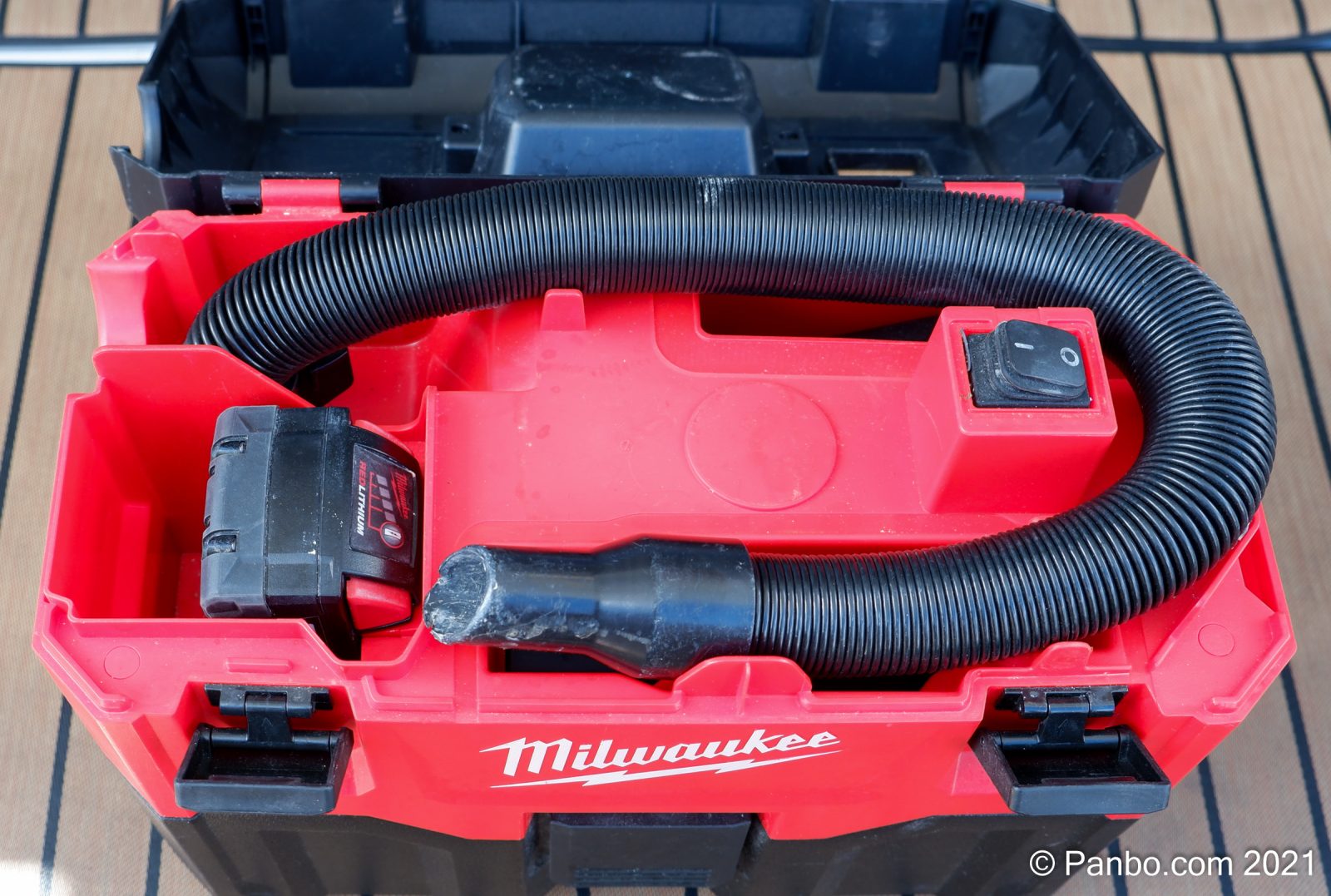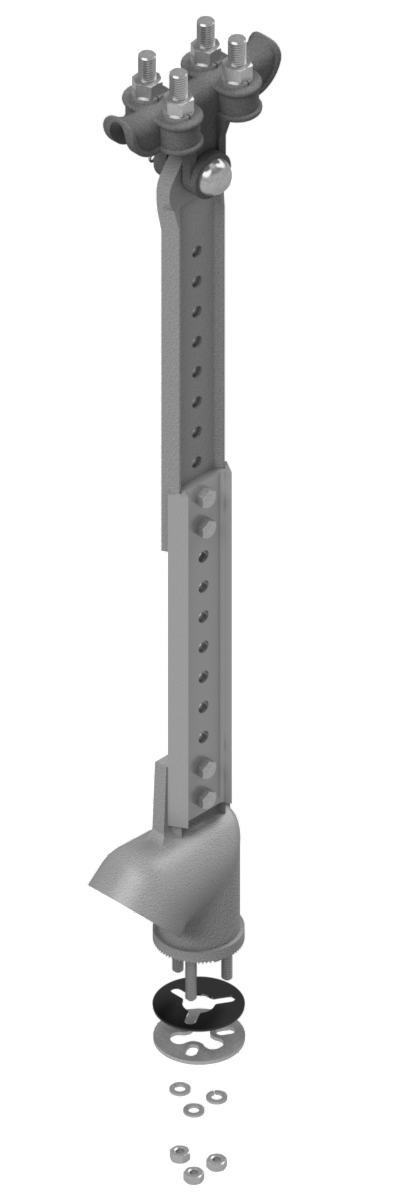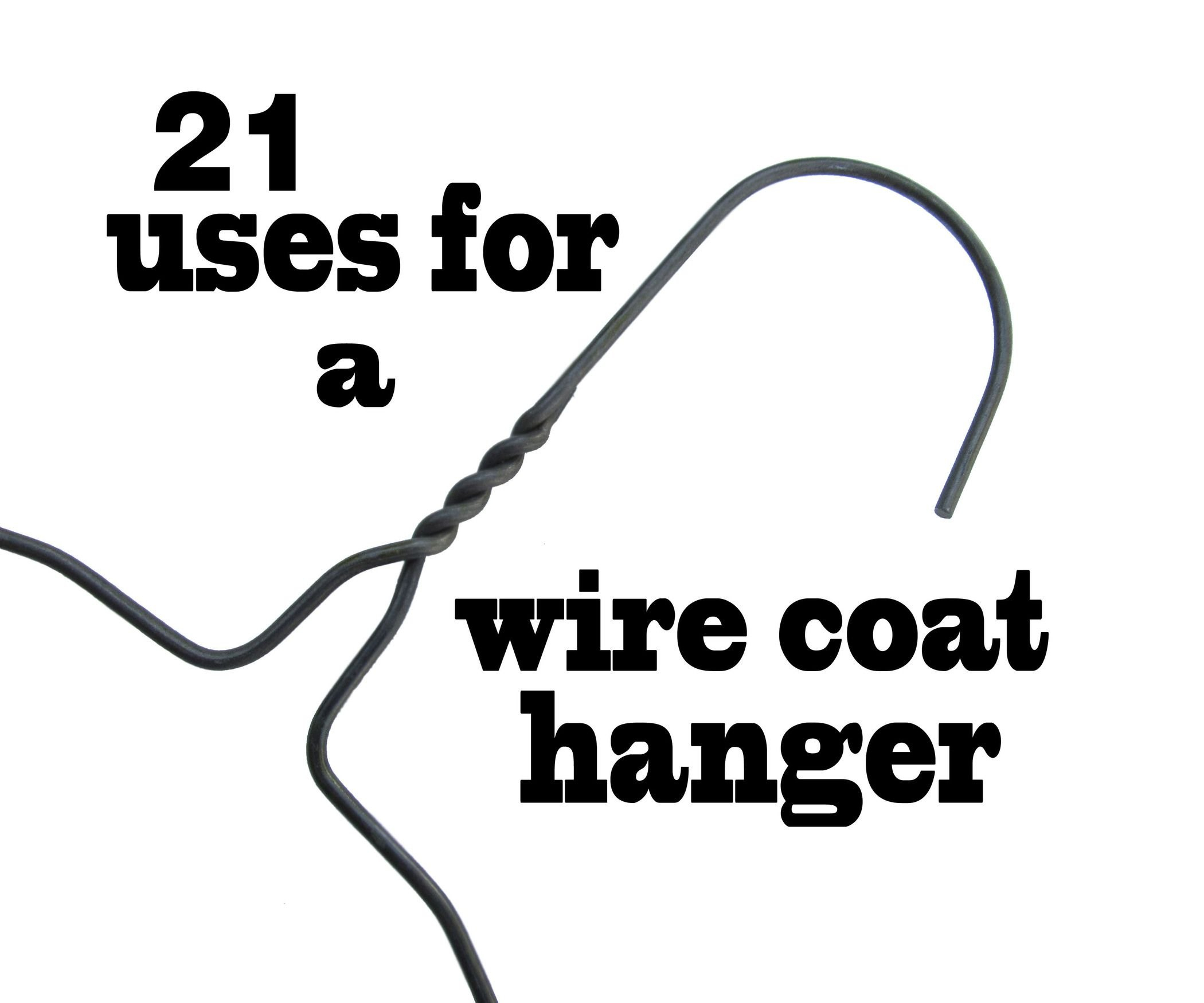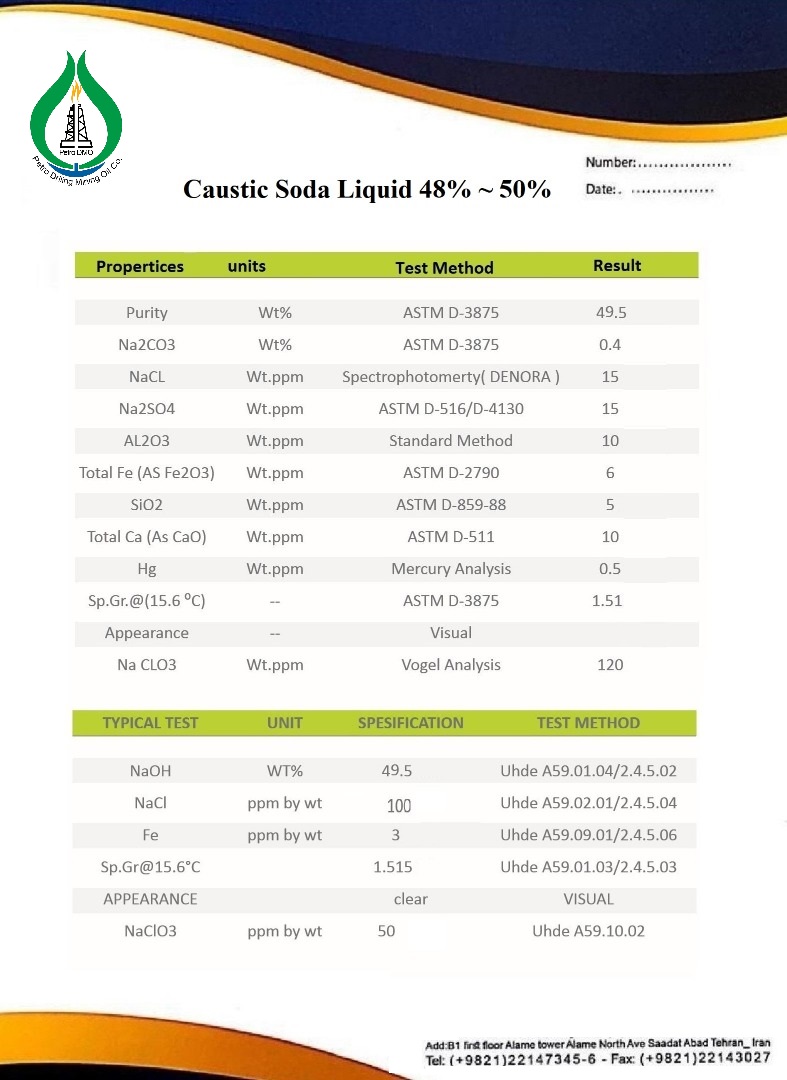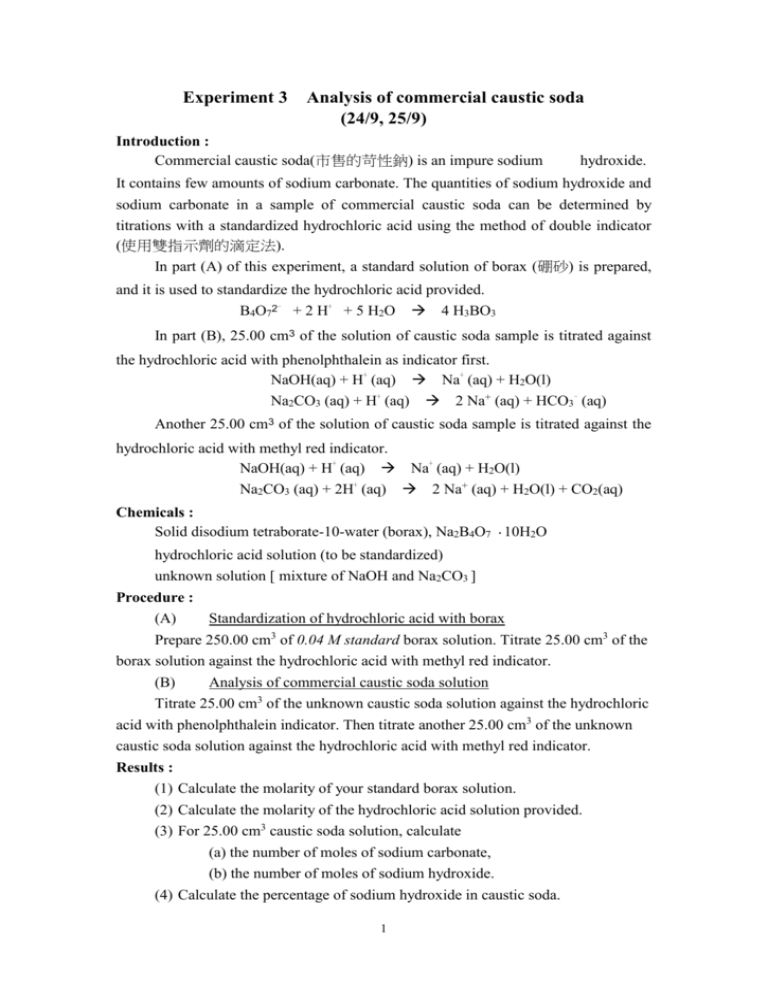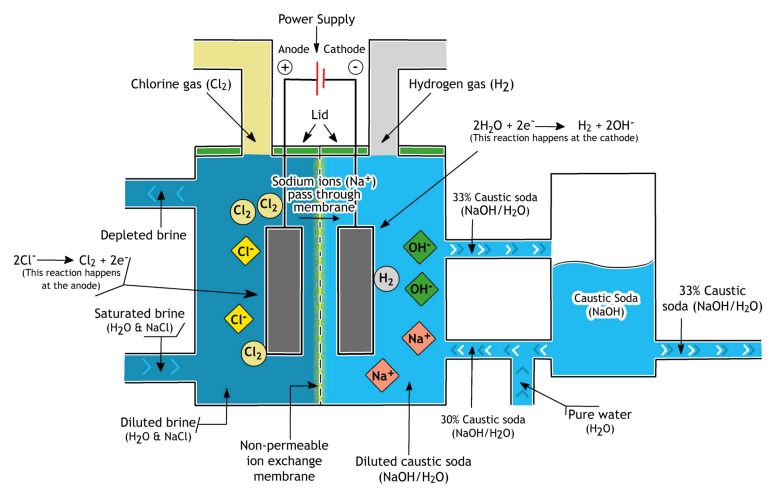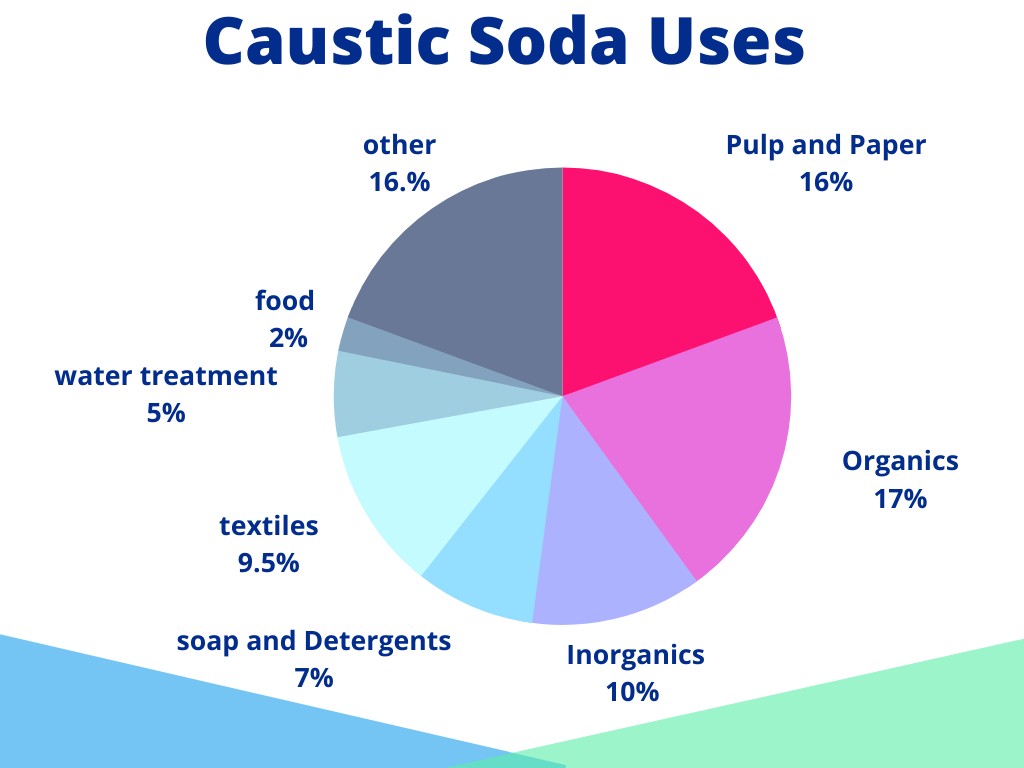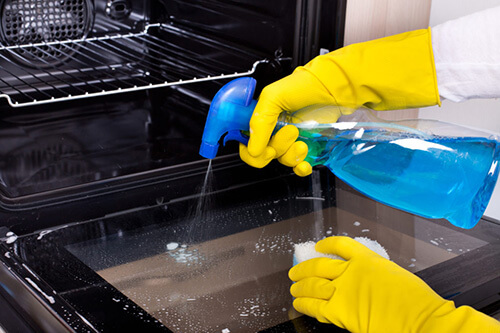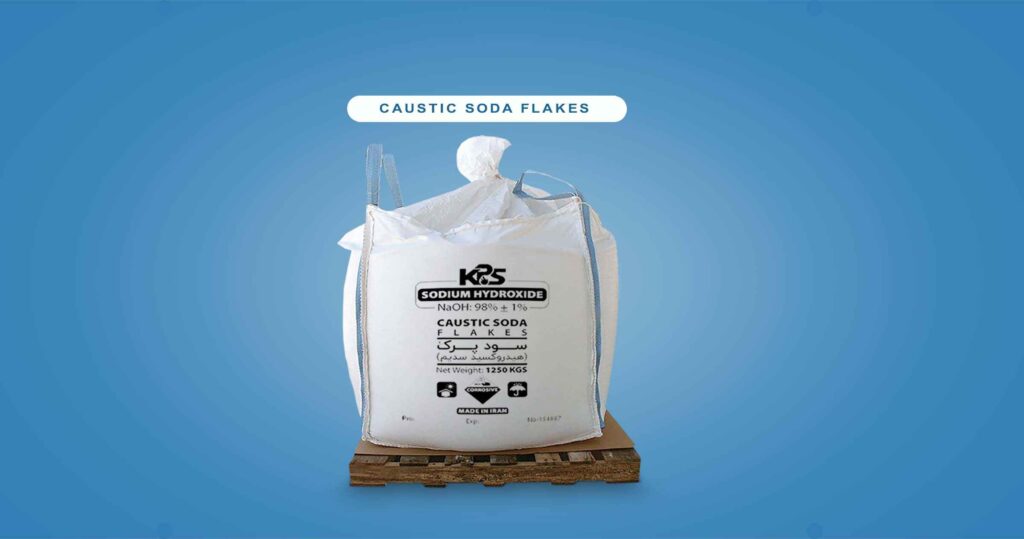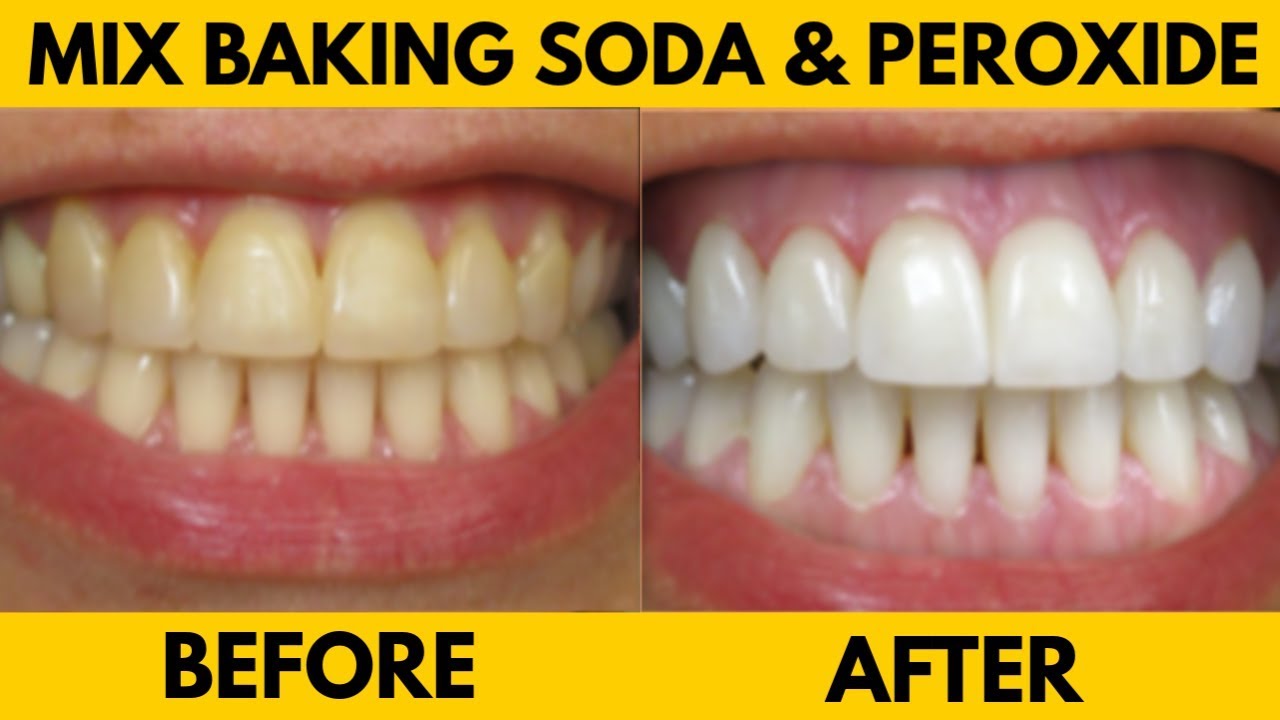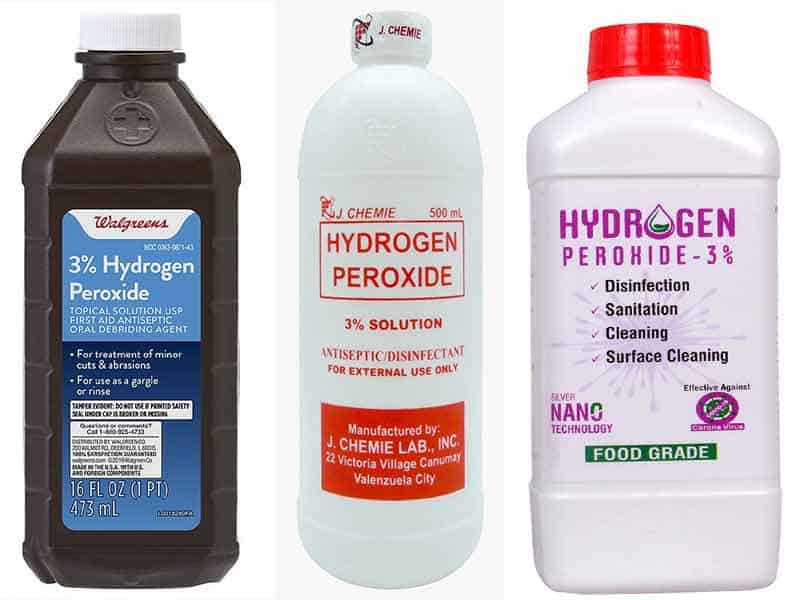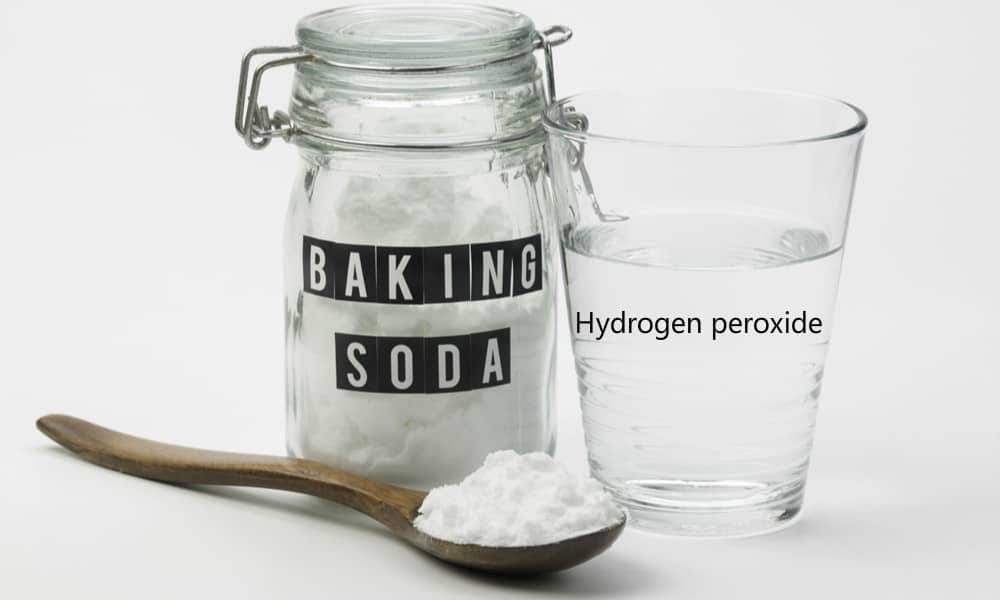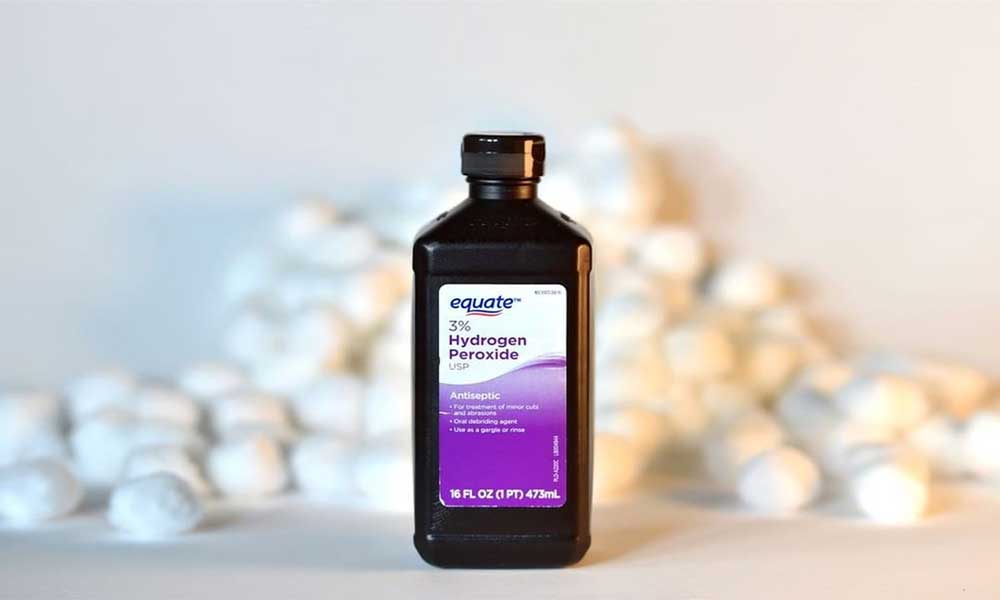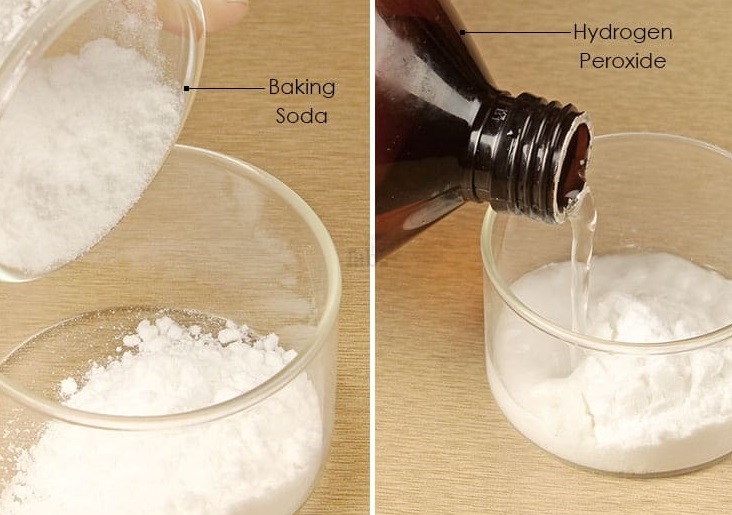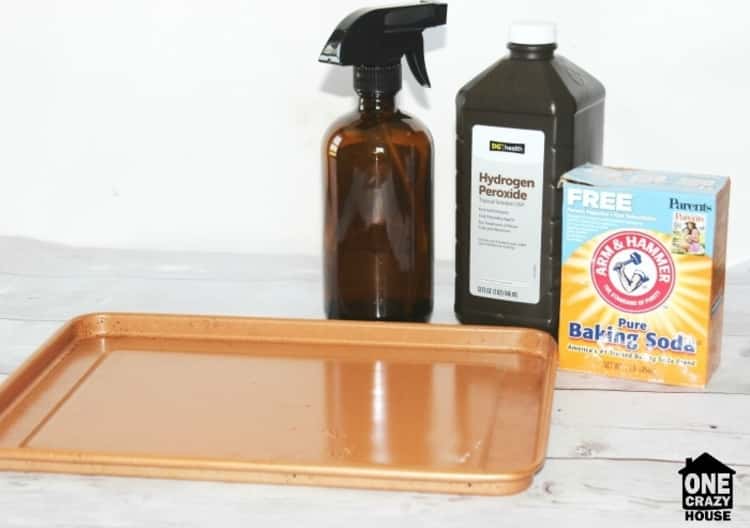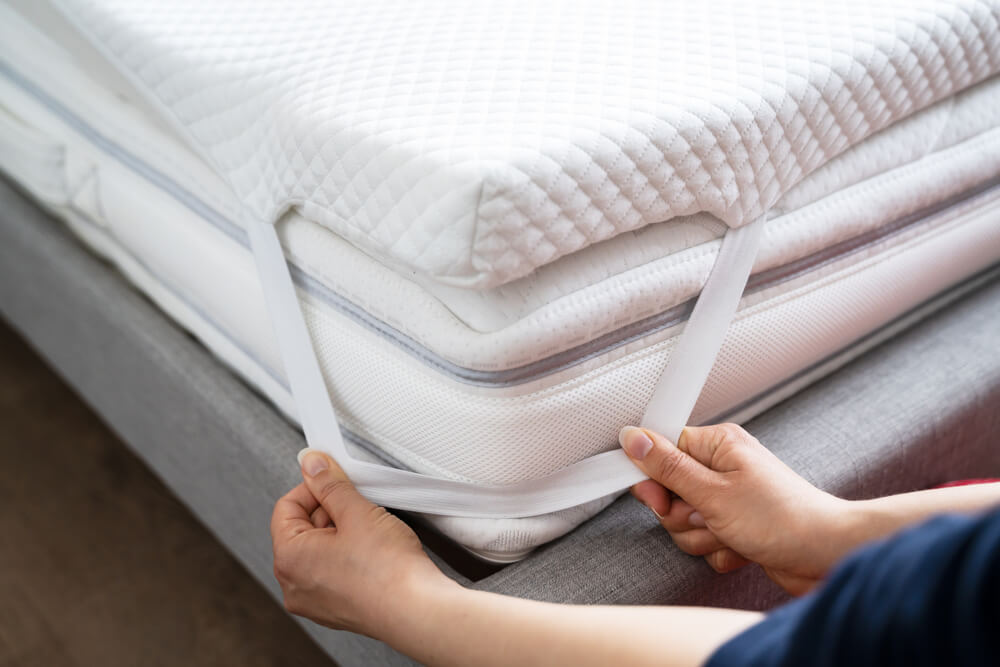If you're looking for a natural and easy way to unclog your kitchen sink, the baking soda and vinegar method is a tried and true solution. This method uses common household ingredients that are safe and effective for clearing out pesky clogs. Plus, you don't have to worry about harsh chemicals damaging your pipes or harming the environment. To start, pour a pot of boiling water down the drain to loosen any buildup or debris. Then, pour ½ cup of baking soda down the drain, followed by 1 cup of white vinegar. The mixture will create a foaming reaction that helps to break up any clogs. Let it sit for 15 minutes, and then pour another pot of boiling water down the drain to flush out the clog. This method can help to remove small clogs and prevent future ones from forming. It's also safe to use regularly as a maintenance method to keep your sink running smoothly.1. Baking Soda and Vinegar Method
If the baking soda and vinegar method doesn't work, you can try using a plunger to unclog your kitchen sink. This method is more effective for larger or tougher clogs that may not be easily dissolved by the baking soda and vinegar mixture. To use a plunger, fill the sink with enough water to cover the drain and create a seal. Place the plunger over the drain and push down firmly, then pull up quickly. This action will create suction and help to dislodge the clog. Repeat this several times until the water starts to drain properly. Using a plunger can be a bit messy, so make sure to have a towel or bucket handy to catch any excess water. You may also need to remove the stopper or strainer from your sink to get a better seal with the plunger.2. Plunger Method
If you have a simple clog caused by grease or food particles, pouring boiling water down the drain may be enough to clear it out. Boiling water can help to dissolve and flush away any buildup or debris that may be causing the clog. To use this method, simply boil a pot of water and carefully pour it down the drain. You may need to repeat this a few times to fully clear the clog. This method is best for minor clogs and may not be effective for tougher ones.3. Boiling Water Method
Similar to the boiling water method, using a mixture of salt and hot water can also help to unclog a kitchen sink. The coarse texture of the salt can help to scrub away any buildup or debris, while the hot water helps to dissolve it. To use this method, mix ½ cup of salt with a pot of boiling water. Pour the mixture down the drain and let it sit for a few minutes before flushing it out with more hot water. This method can be effective for minor clogs, but may not work for tougher ones.4. Salt and Hot Water Method
If your clog is caused by grease or oil buildup, using dish soap and hot water can help to break it down and clear the clog. Dish soap is designed to cut through grease and oil, making it an effective solution for this type of clog. To use this method, mix a few tablespoons of dish soap with a pot of hot water. Pour the mixture down the drain and let it sit for 15 minutes. Then, flush it out with more hot water. This method may need to be repeated a few times for tough clogs.5. Dish Soap and Hot Water Method
If you have a wet and dry vacuum, you can use it to unclog your kitchen sink. This method works by creating suction to pull out the clog. To use this method, set your vacuum to the wet setting and create a seal over the drain with a towel or cloth. Turn on the vacuum and let it run for a few minutes to see if it can pull out the clog. If not, you may need to try a different method or call a professional plumber.6. Wet and Dry Vacuum Method
If you have a clog caused by hair or other debris, a wire hanger can be a useful tool for removing it. Straighten out a wire hanger and bend one end into a small hook. Insert the hook into the drain and try to pull out any hair or debris that may be causing the clog. This method can be effective for minor clogs, but may not work for tougher ones. It's also important to be careful when using this method, as you don't want to damage your pipes or push the clog further down.7. Wire Hanger Method
If you have a stubborn clog that won't budge, you may need to use a stronger solution like caustic soda. This method is best for clogs caused by grease or oil buildup. To use this method, mix 3 cups of caustic soda with ¾ gallon of cold water in a bucket. Pour the mixture down the drain and let it sit for 20-30 minutes. Then, flush it out with hot water. Be sure to wear gloves and protective eyewear when handling caustic soda, as it can be dangerous.8. Caustic Soda Method
If you prefer to use a commercial product, an enzyme drain cleaner can be an effective and environmentally-friendly option. Enzymes are natural bacteria that can break down organic materials, including food and grease, which can help to unclog your kitchen sink. To use this method, follow the instructions on the product's packaging. You may need to let the cleaner sit for a few hours or overnight to fully dissolve the clog.9. Enzyme Drain Cleaner Method
For a tougher clog, you can try using a mixture of hydrogen peroxide and baking soda. Hydrogen peroxide is a powerful cleaner and disinfectant, while baking soda can help to scrub away buildup and debris. To use this method, mix ½ cup of hydrogen peroxide with ½ cup of baking soda. Pour the mixture down the drain and let it sit for 30 minutes. Then, flush it out with hot water. You may need to repeat this a few times for tough clogs. With these 10 easy methods, you can quickly and effectively unclog your kitchen sink without having to call a plumber or use harsh chemicals. Remember to use caution and proper safety measures when handling any products or tools. If these methods don't work, it may be time to call a professional for help.10. Hydrogen Peroxide and Baking Soda Method
Why a Clogged Kitchen Sink is a Common Problem
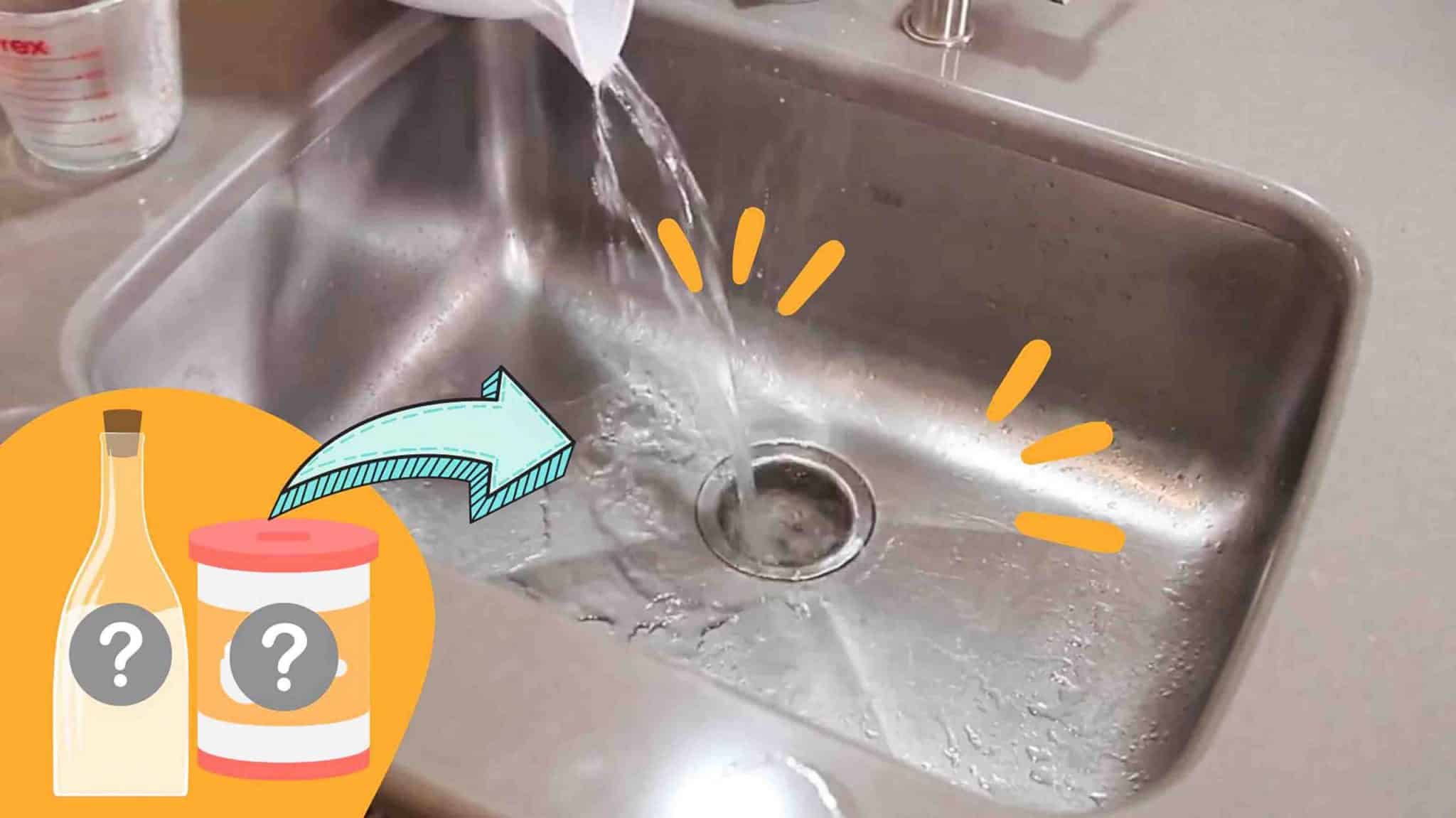
Understanding the Causes of a Clogged Kitchen Sink
 When it comes to household maintenance, a clogged kitchen sink is one of the most common and frustrating issues that homeowners face. It can disrupt daily tasks such as cooking and cleaning, and if left untreated, can lead to more serious plumbing problems. But what causes a kitchen sink to clog in the first place?
Food scraps and grease
are the main culprits behind a clogged kitchen sink. Over time, bits of food, especially those that are fibrous or starchy, can build up in the drain and trap other debris, causing a blockage. Grease, on the other hand, may seem harmless when it's hot and liquid, but as it cools, it solidifies and can stick to the walls of your pipes, causing a major clog.
When it comes to household maintenance, a clogged kitchen sink is one of the most common and frustrating issues that homeowners face. It can disrupt daily tasks such as cooking and cleaning, and if left untreated, can lead to more serious plumbing problems. But what causes a kitchen sink to clog in the first place?
Food scraps and grease
are the main culprits behind a clogged kitchen sink. Over time, bits of food, especially those that are fibrous or starchy, can build up in the drain and trap other debris, causing a blockage. Grease, on the other hand, may seem harmless when it's hot and liquid, but as it cools, it solidifies and can stick to the walls of your pipes, causing a major clog.
How to Unclog Your Kitchen Sink the Easy Way
 Fortunately, there is an easy way to
unclog your kitchen sink
without having to call a plumber or use harsh chemicals. All you need is a few household items and some patience.
Baking soda and vinegar
are two powerful ingredients that can work wonders in unclogging a kitchen sink. Start by pouring a pot of boiling water down the drain to loosen up any debris. Next, sprinkle half a cup of baking soda into the drain, followed by half a cup of vinegar. Let it sit for about 15 minutes, then pour another pot of hot water down the drain to flush out the mixture.
If that doesn't work, try using a
plunger
. Place the plunger over the drain and push down firmly several times to create suction. This should help dislodge any blockage and allow water to flow freely again.
Fortunately, there is an easy way to
unclog your kitchen sink
without having to call a plumber or use harsh chemicals. All you need is a few household items and some patience.
Baking soda and vinegar
are two powerful ingredients that can work wonders in unclogging a kitchen sink. Start by pouring a pot of boiling water down the drain to loosen up any debris. Next, sprinkle half a cup of baking soda into the drain, followed by half a cup of vinegar. Let it sit for about 15 minutes, then pour another pot of hot water down the drain to flush out the mixture.
If that doesn't work, try using a
plunger
. Place the plunger over the drain and push down firmly several times to create suction. This should help dislodge any blockage and allow water to flow freely again.
Preventing Future Clogs
 To avoid dealing with a clogged kitchen sink in the future, there are a few preventative measures you can take. First, make sure to
scrape food scraps into the trash
instead of rinsing them down the drain. Also, avoid pouring grease or oil down the drain, as it can solidify and cause a buildup over time.
Regularly cleaning your drain
with a mixture of hot water and vinegar can also help prevent clogs. And if you have a garbage disposal, be sure to run it regularly to keep it clear of any debris.
In conclusion, while dealing with a clogged kitchen sink can be frustrating, it doesn't have to be a major inconvenience. By understanding the causes of a clog and using simple household solutions, you can easily unclog your kitchen sink and prevent future clogs. Remember to always be mindful of what goes down your drain and to regularly maintain your plumbing to keep your kitchen running smoothly.
To avoid dealing with a clogged kitchen sink in the future, there are a few preventative measures you can take. First, make sure to
scrape food scraps into the trash
instead of rinsing them down the drain. Also, avoid pouring grease or oil down the drain, as it can solidify and cause a buildup over time.
Regularly cleaning your drain
with a mixture of hot water and vinegar can also help prevent clogs. And if you have a garbage disposal, be sure to run it regularly to keep it clear of any debris.
In conclusion, while dealing with a clogged kitchen sink can be frustrating, it doesn't have to be a major inconvenience. By understanding the causes of a clog and using simple household solutions, you can easily unclog your kitchen sink and prevent future clogs. Remember to always be mindful of what goes down your drain and to regularly maintain your plumbing to keep your kitchen running smoothly.



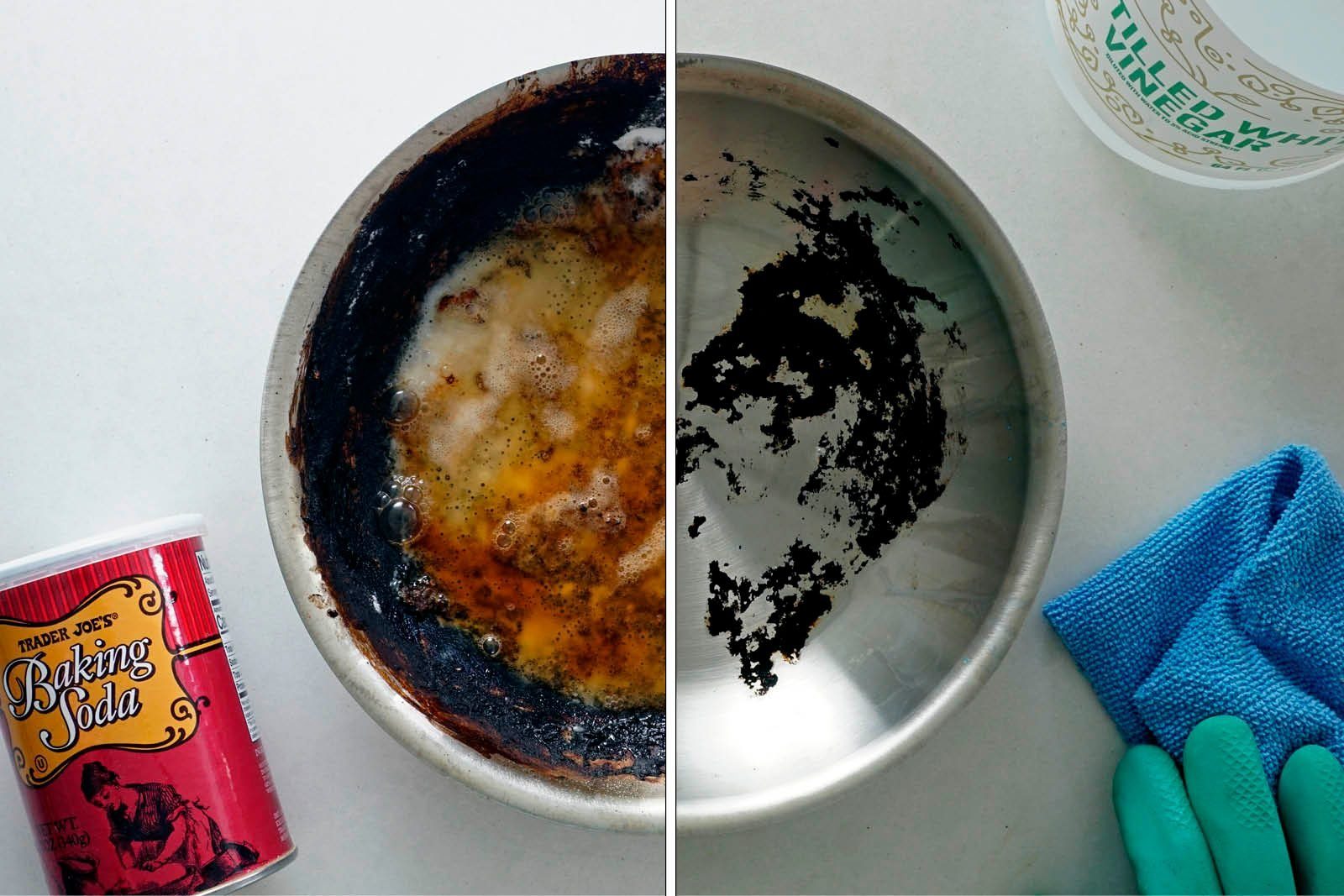
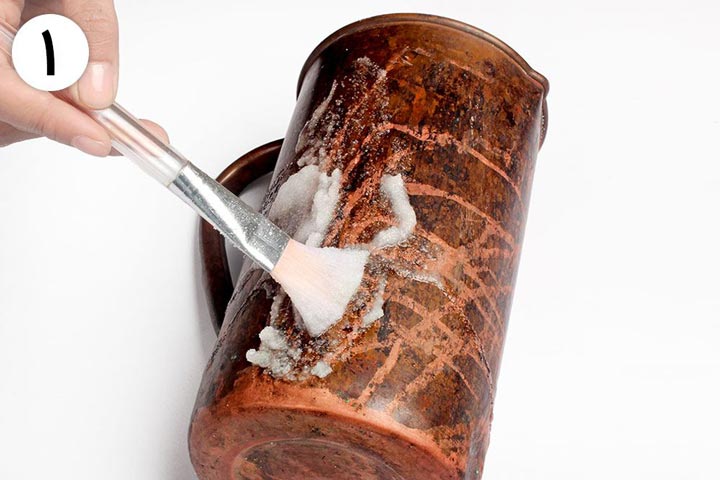
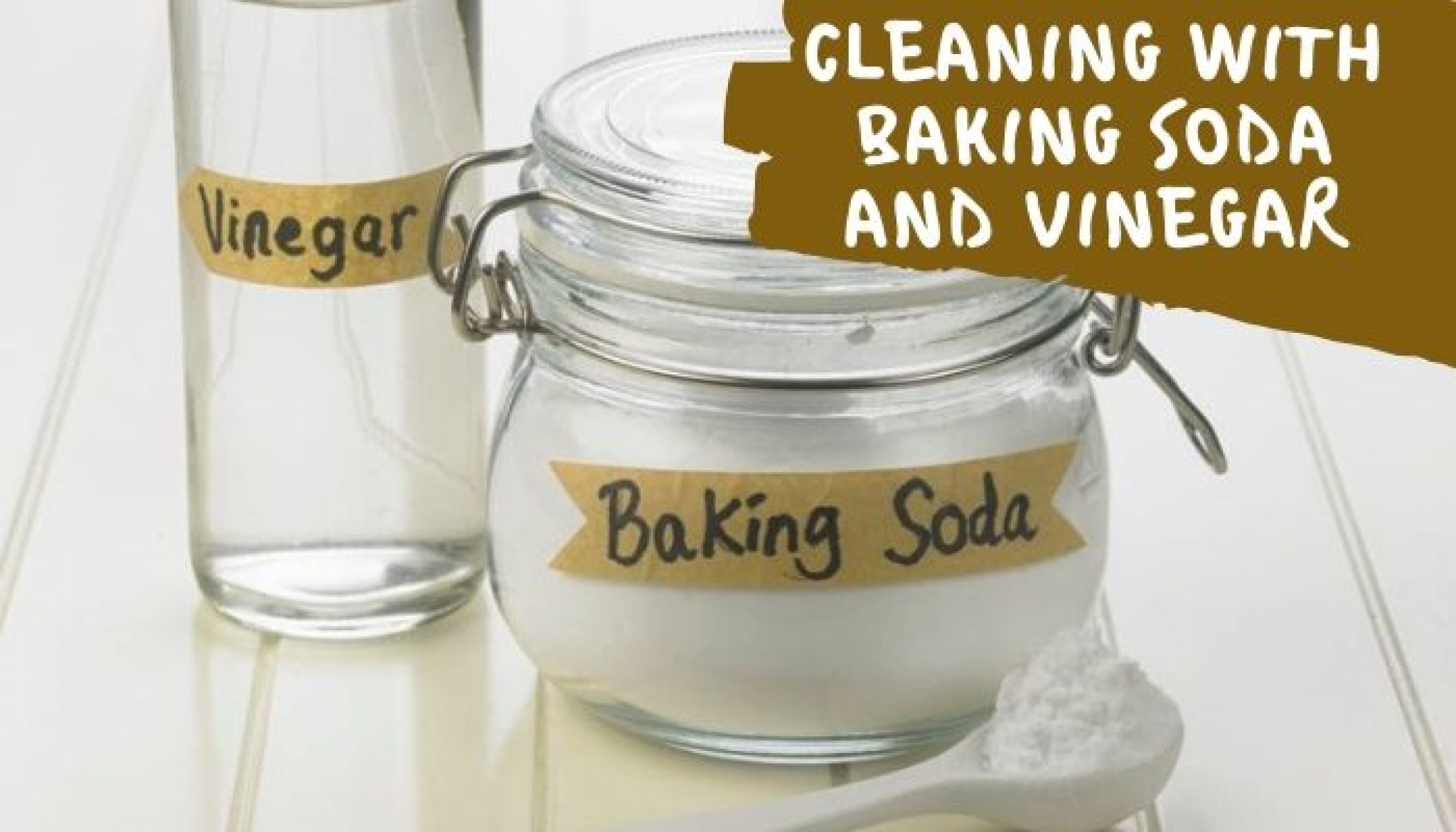
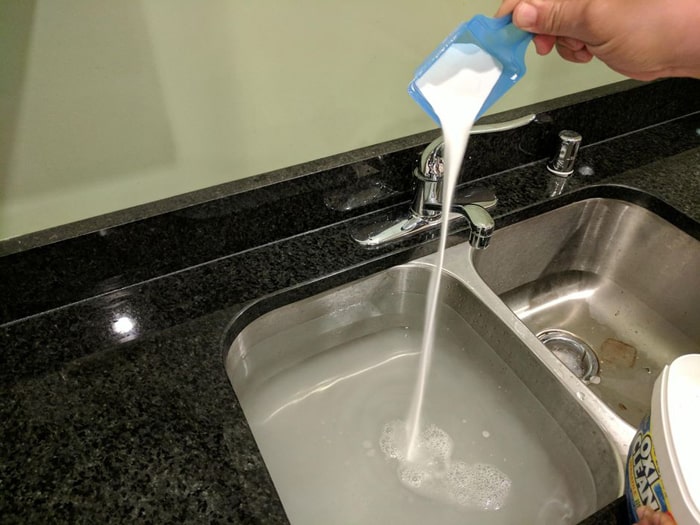


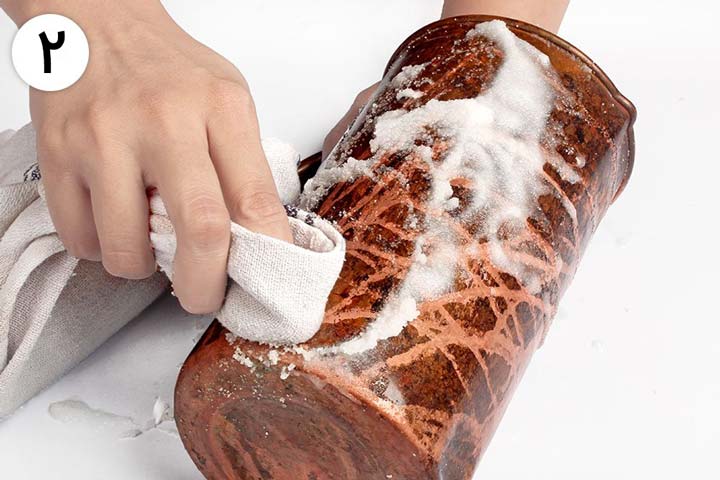





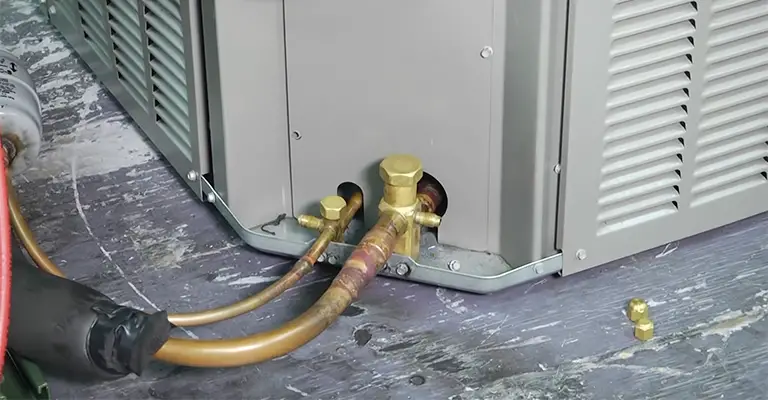








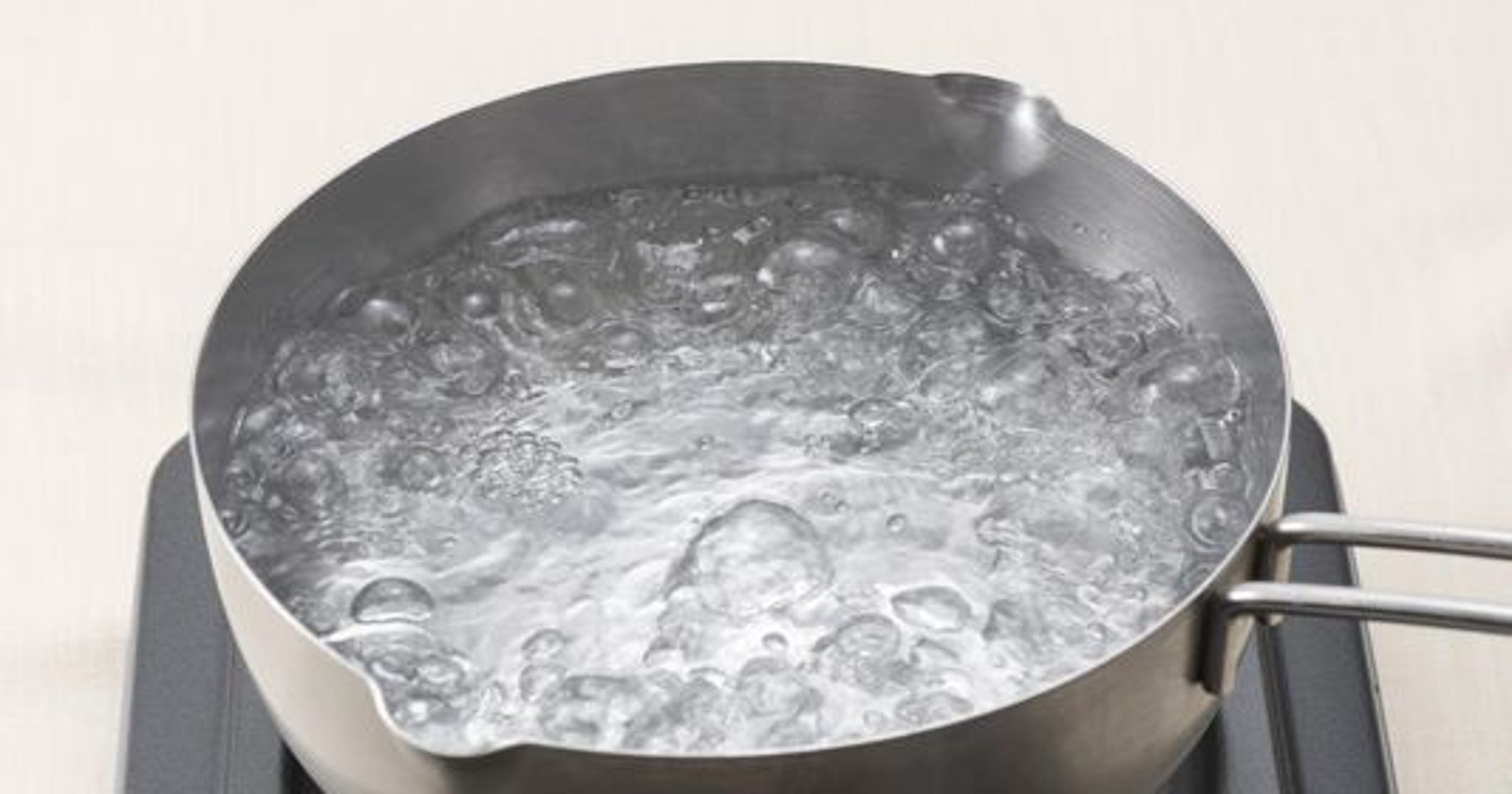
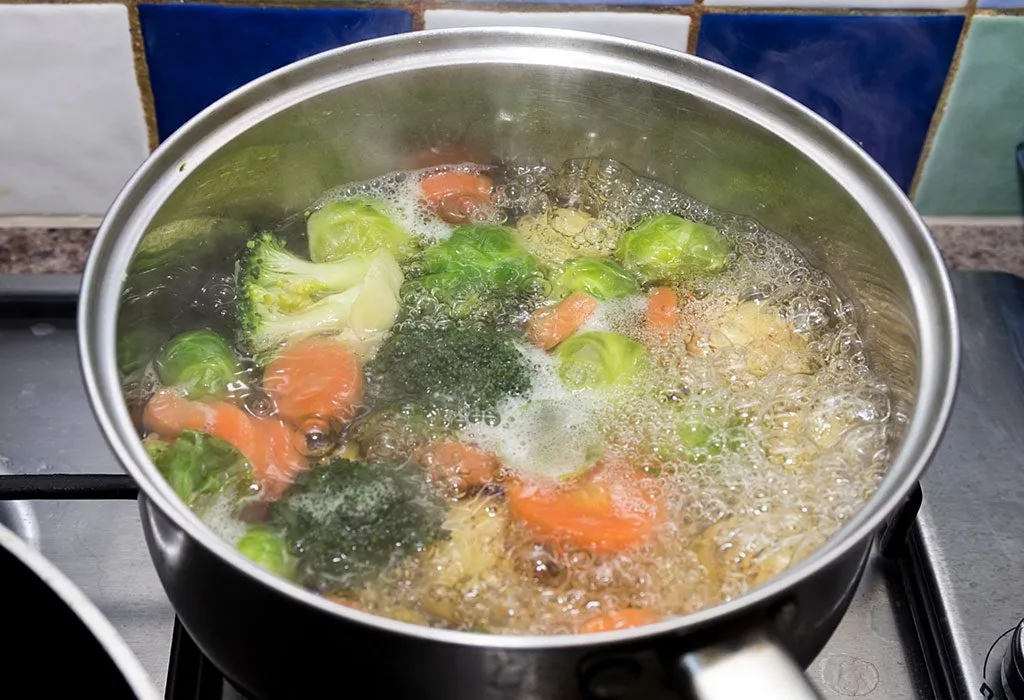
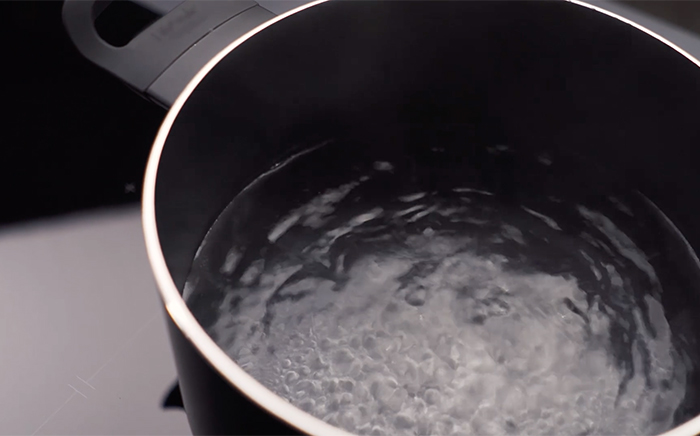
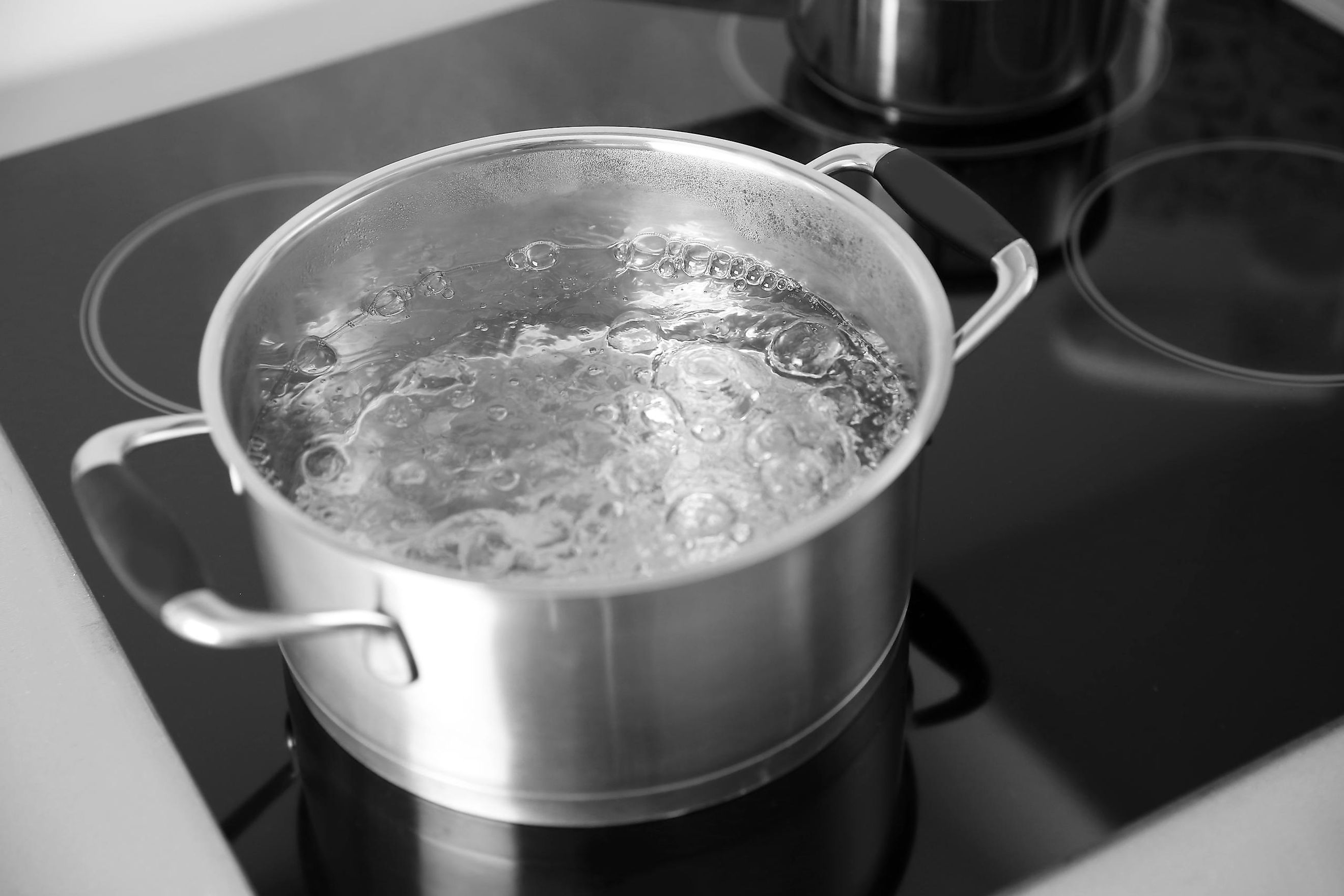


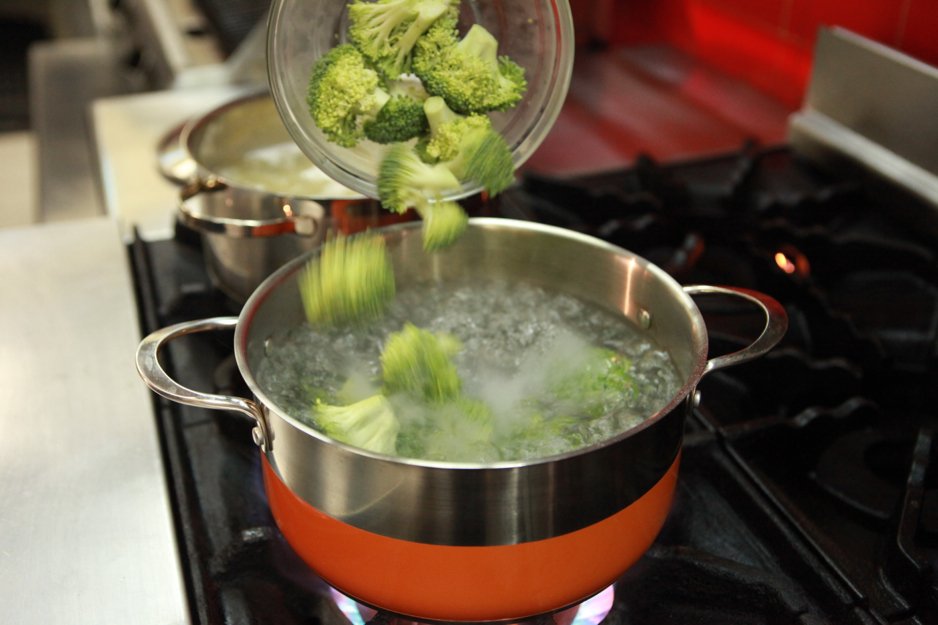






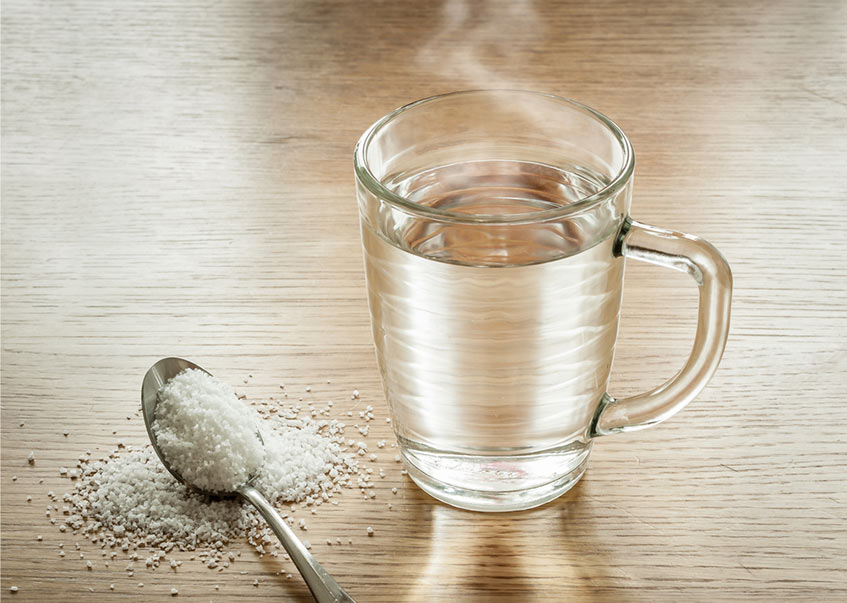
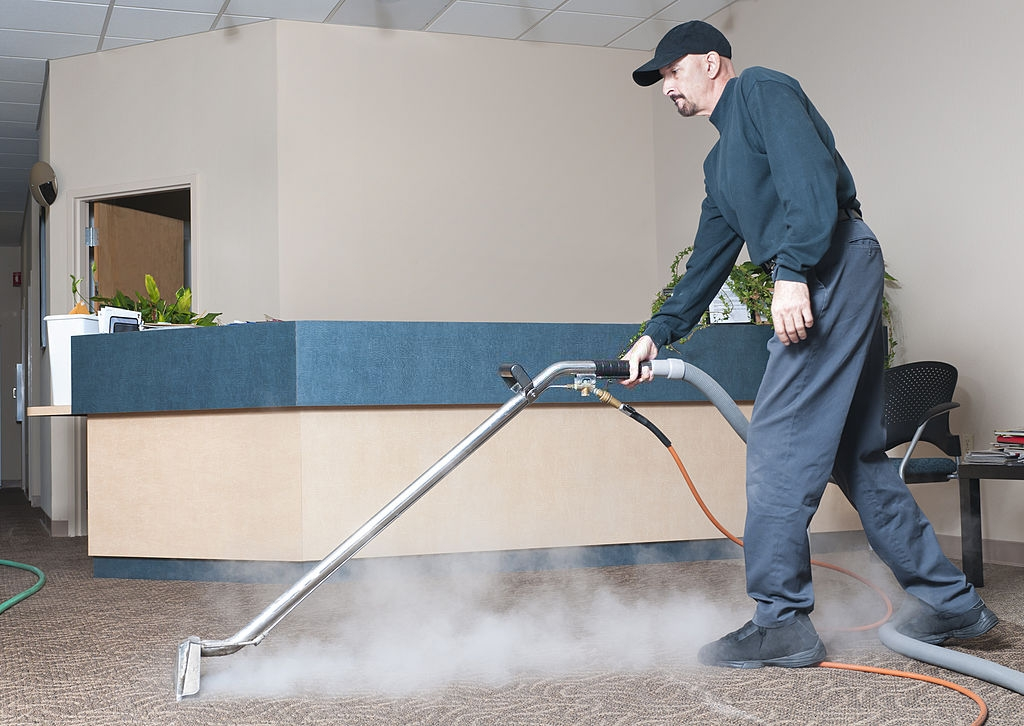

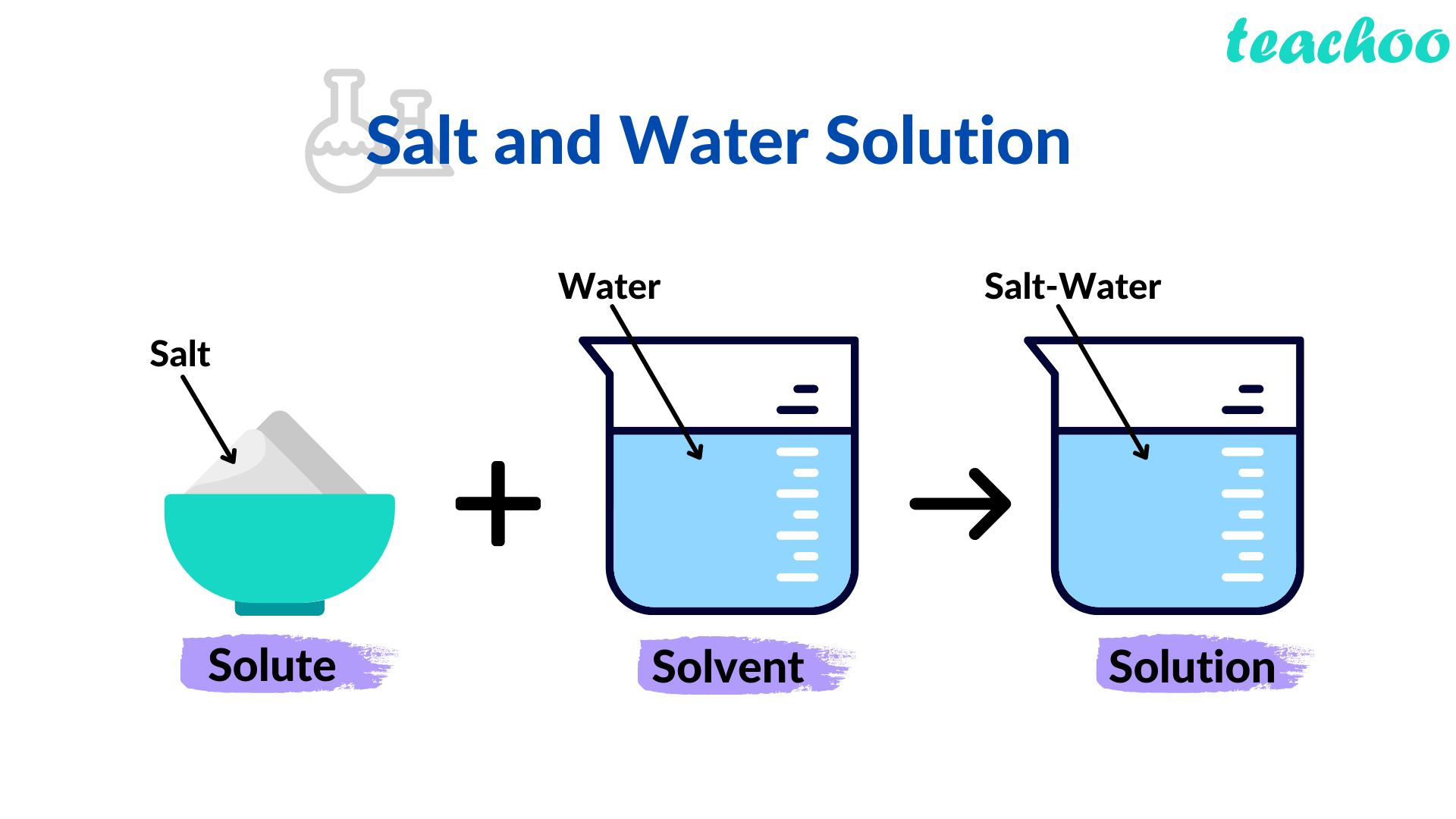
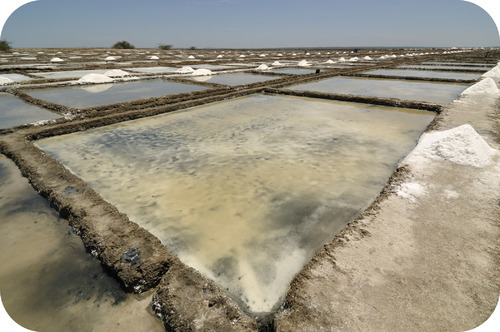


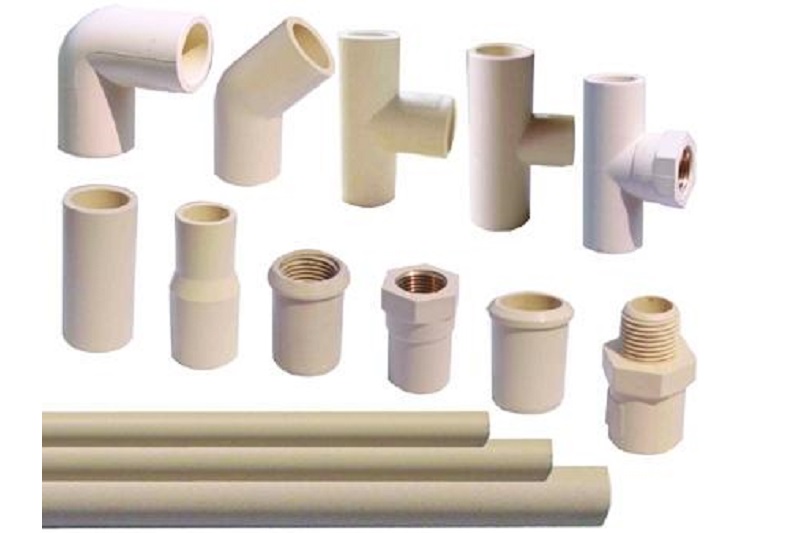

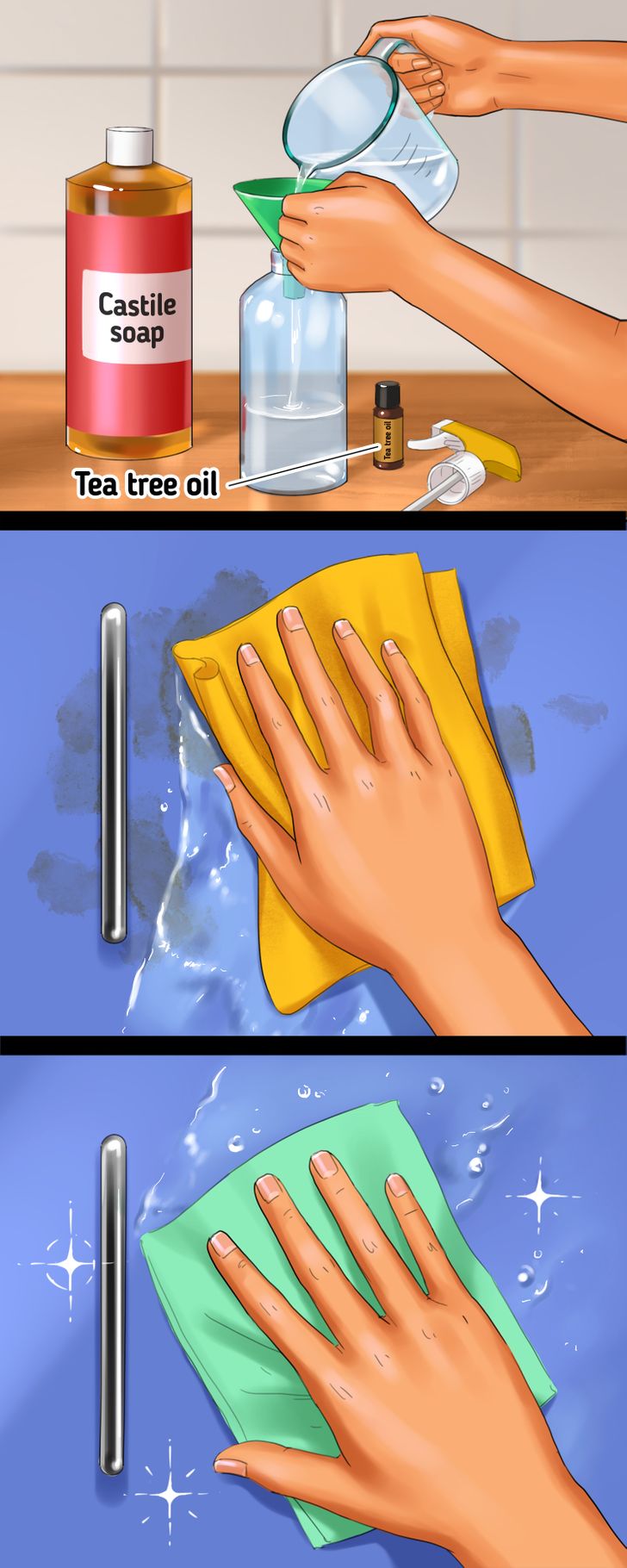
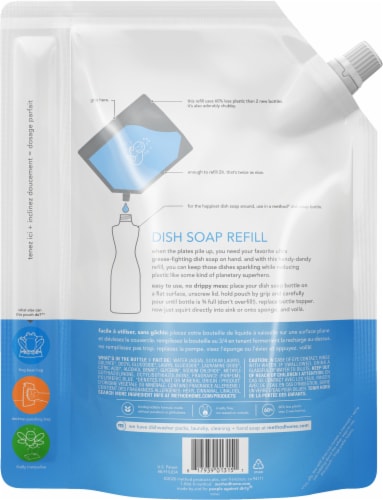
/GettyImages-80566571-5a1ca234aad52b00373338ff.jpg)
